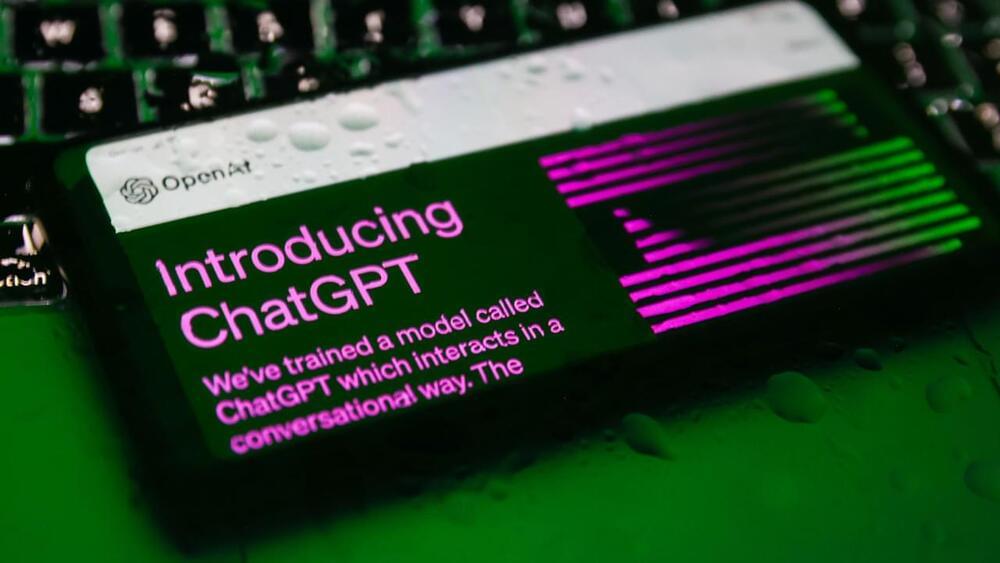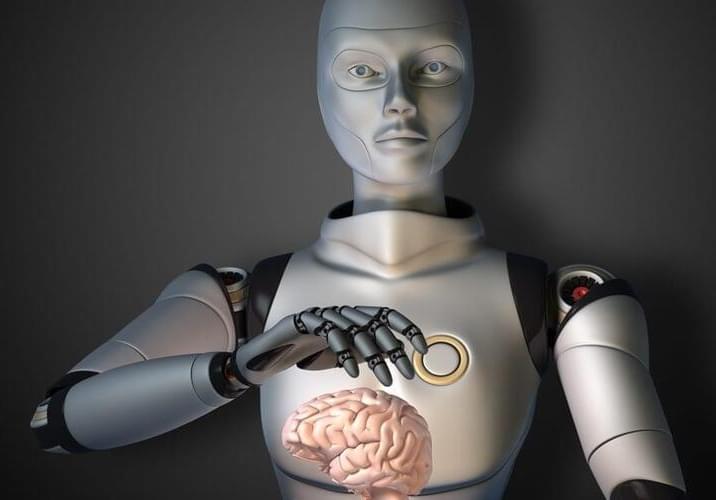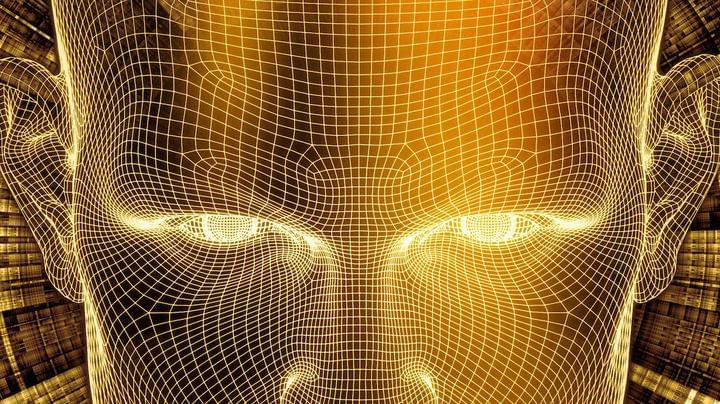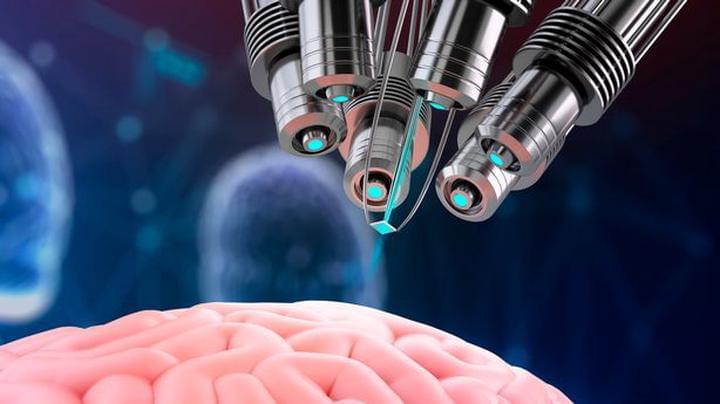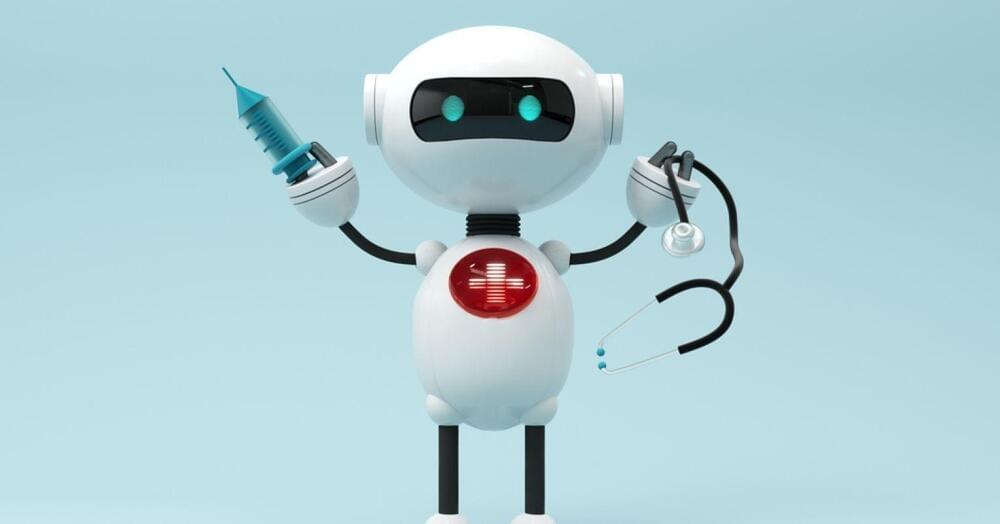Won’t that just make enemies of AI?
One of the world’s loudest artificial intelligence critics has issued a stark call to not only put a pause on AI but to militantly put an end to it — before it ends us instead.
In an op-ed for Time magazine, machine learning researcher Eliezer Yudkowsky, who has for more than two decades been warning about the dystopian future that will come when we achieve Artificial General Intelligence (AGI), is once again ringing the alarm bells.
Yudkowsky said that while he lauds the signatories of the Future of Life Institute’s recent open letter — which include SpaceX CEO Elon Musk, Apple co-founder Steve Wozniak, and onetime presidential candidate Andrew Yang — calling for a six-month pause on AI advancement to take stock, he himself didn’t sign it because it doesn’t go far enough.

